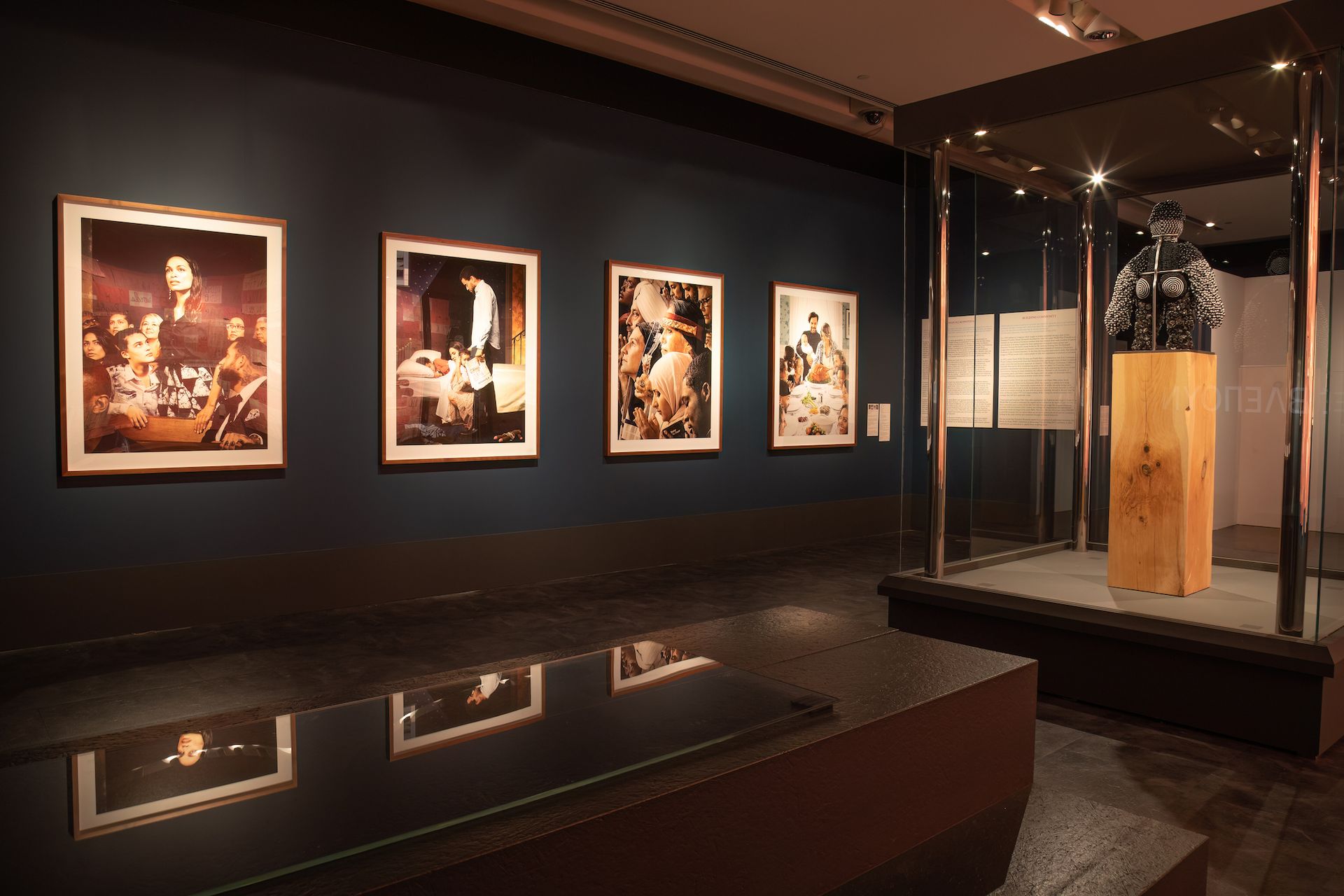Artist Jenny Holzer will project famous quotes about democracy, spoken by historical figures from Aristotle to Martin Luther King Jr., on the facades of the Hirshhorn Museum and the Smithsonian’s National Museum of American History in Washington, DC. Title PEOPLEThe project will launch at 6:30 p.m. on September 17 and run for five days as part of the 60th anniversary celebrations of the Department of State’s Art in Embassies program.
The National Mall is an appropriate site for the installation because “it’s a very resonant place for democracy in America,” said Megan Beyer, director of the Office of Art in Embassies. The arts journal. The mall has historically been used both as a platform for official government events (like inaugurations) and public protests, including the Civil Rights March on Washington, which marked its 60th anniversary last month.
In a statement on PEOPLEHolzer repeated the quote she had used by women’s suffrage activist Mary Church Terrell: “‘In unity there is strength’ is a truism that has been put into practice. »
Art in Embassies, launched by President John F. Kennedy in 1963, promotes American culture by commissioning works by contemporary artists for display in U.S. diplomatic buildings around the world, as well as organizing exchanges and residencies. To celebrate its anniversary this year, Art in Embassies organized exhibitions in Athens, Lisbon and Geneva, featuring works by artists such as Sanford Biggers, Nick Cave, Deborah Kass, Maya Lin, Amy Sherald, Hank Willis Thomas, Doug Aitken , Jeffrey Gibson, Titus Kaphar, Christine Sun Kim, Bruce Nauman, Ed Ruscha and Carrie Mae Weems.

Installation view of the traveling exhibition Art in Embassies, Democracy Collectionin Athens, Greece Photo: Amanda Brooks/Art of courtesy in embassies
First Lady Jill Biden, speaking at the opening of the Lisbon exhibition, said that “while it is easy to get caught up in differences, yes, art can unite us. Connection is the essence of diplomacy.
Artist Alexis Rockman (who participated in the Geneva exhibition), as well as singer Joan Baez and actor and activist Kal Penn, recognized that American society faces many problems. “But the Art in Embassies program is not trying to stop artists from answering these questions,” says Rockman, who centers much of his work on the climate crisis. “And I give them credit for that.” (Holzer also been critical of the American government in several of his works, including Editorial Paintingsin which she reproduces declassified government documents.)
The Art in Embassies program is on permanent display in nearly 100 U.S. government buildings around the world, from Addis Ababa to Yerevan. For example, when the Kabul embassy was evacuated in 2021, the State Department had to ship works by more than a dozen artists from outside the country.
“You need artists, because they can make you feel what an ambassador can only try to make you understand,” says Beyer, adding that “artists survive on freedom, so they are very good ambassadors of freedom.
In addition to the Holzer projections, which will be on display each evening from dusk to 11 p.m., Art in Embassies will host a day of conferences and performances on September 19 at the National Museum of American History. (That evening, the State Department plans to honor recipients of its annual Medal of Arts, which returns after a six-year hiatus due to former President Donald Trump’s decision not to appoint a director at the art office in embassies.) show, A more perfect union: American artists and the trends of our timewill be on view at the National Museum of American History, from September 19 to October 1.
- Jenny Holzer PEOPLE is visible every evening, from September 17 to 21, on the facades of the National Museum of American History and the Hirshhorn MuseumWashington DC


